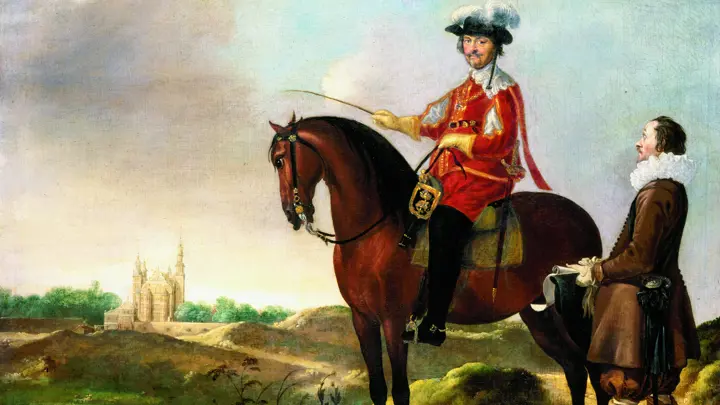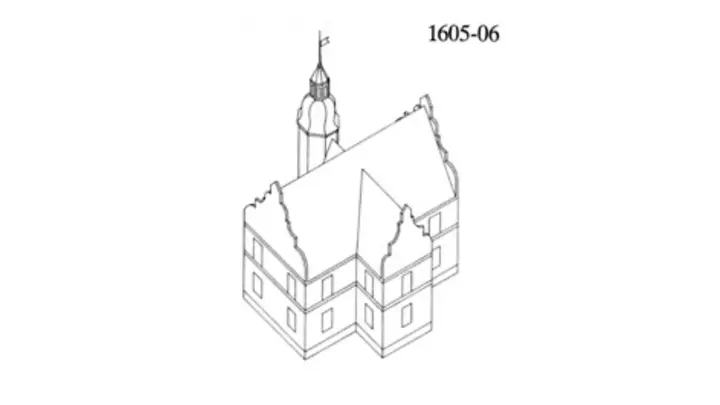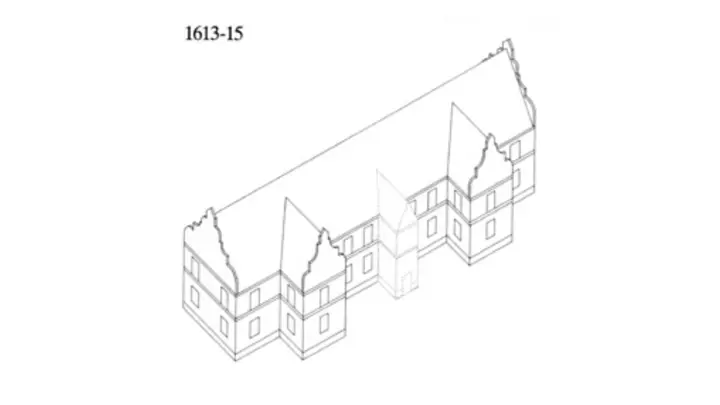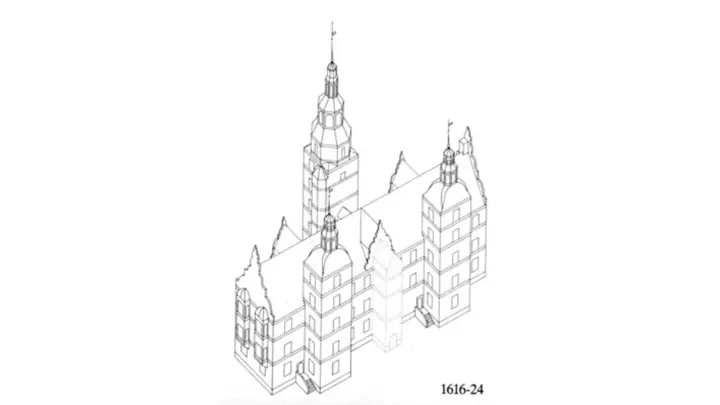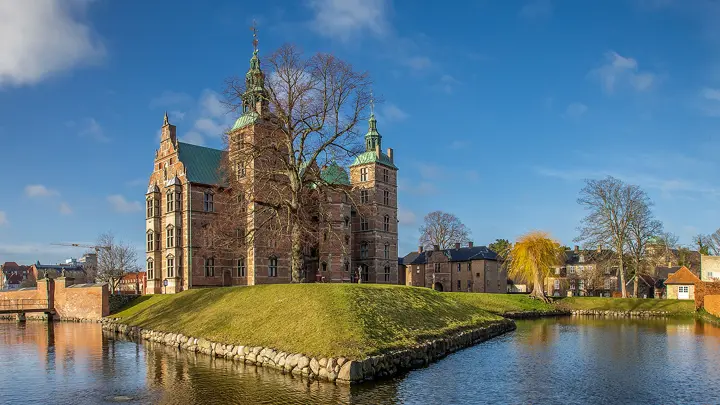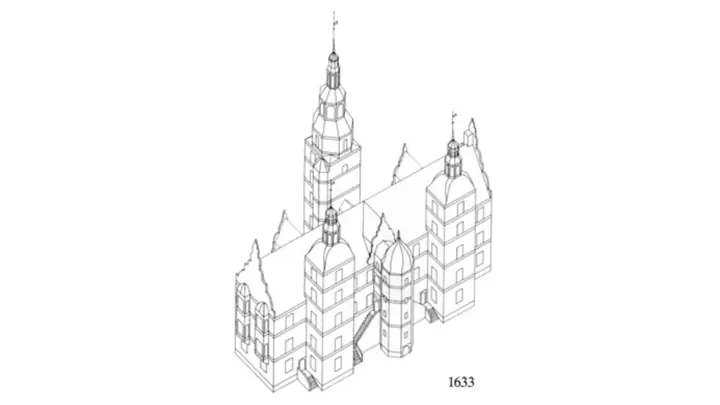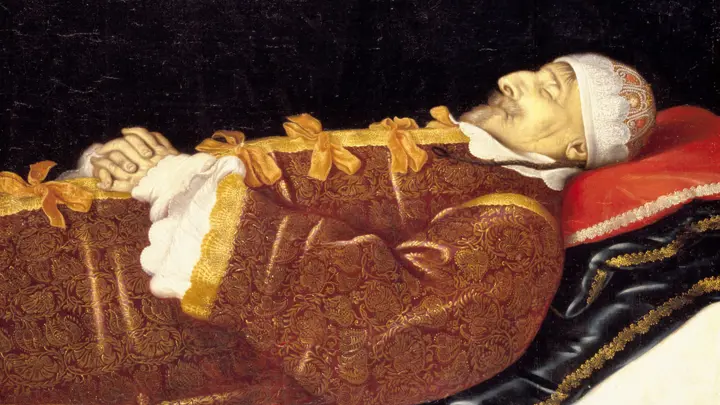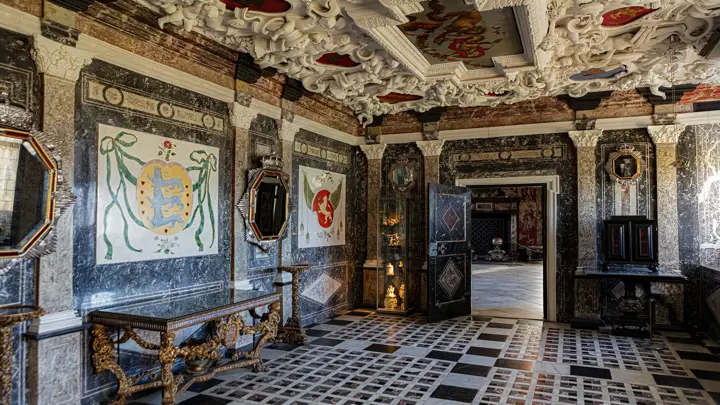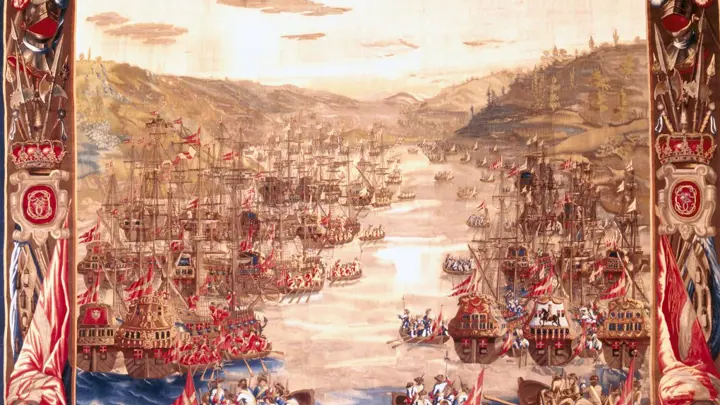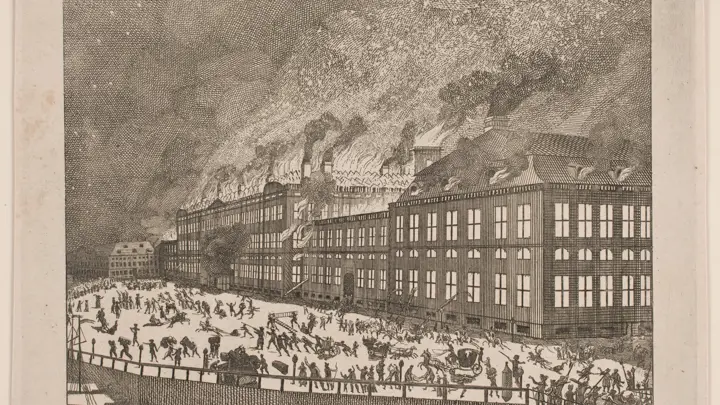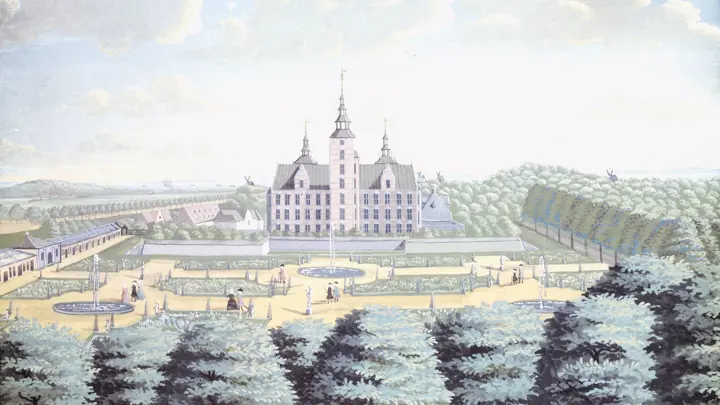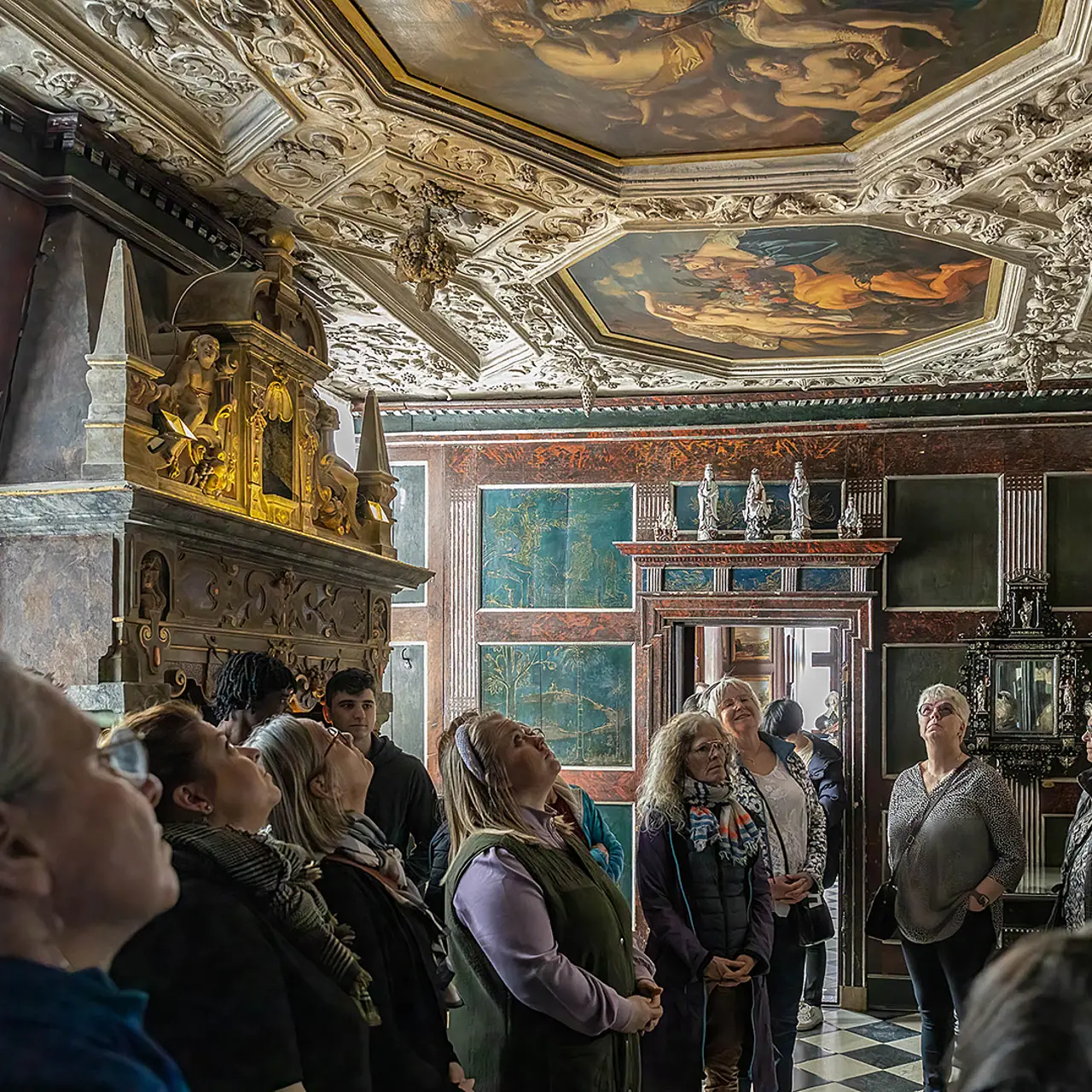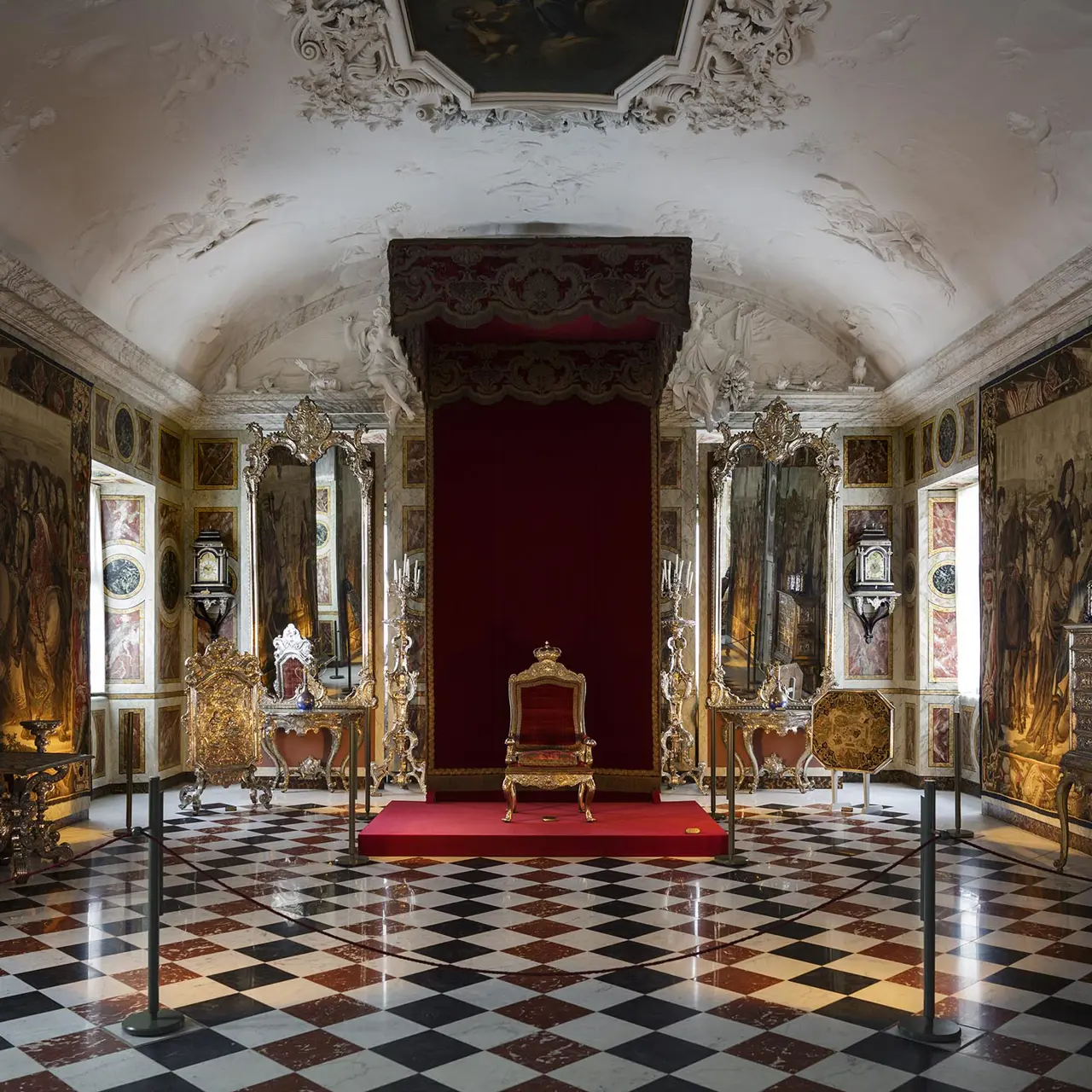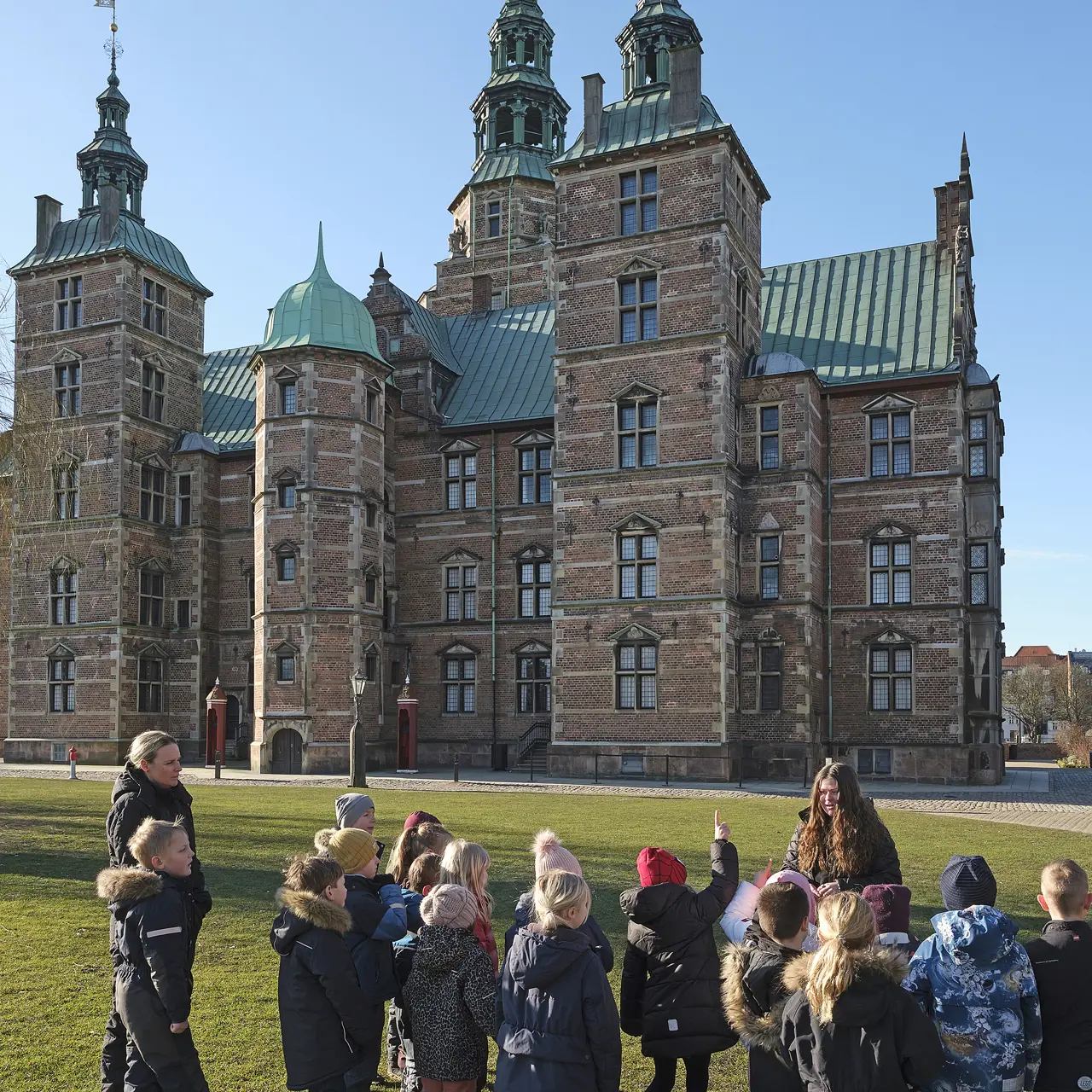Rosenborg Castle
Experience Rosenborg Castle
Christian IV’s small favourite castle has an idyllic location, next to the King’s Garden in the heart of Copenhagen. Today, this Renaissance castle houses the Danish crown jewels, which are worn by the sitting queen on special occasions. You can also visit Christian IV’s audience rooms and see his bedchamber, where he passed away, in 1648. In the Treasury beneath the castle, you can see the Danish crown jewels, the magnificent royal crowns and the Crown regalia.
Everything you need to know
Prepare for your visit and look forward to even greater experiences.
Calendar
The History of the Castle
Delve into the history of Rosenborg Castle, which began as Christian IV's dream of an elegant garden with a summerhouse and evolved into a magnificent castle that for centuries has served as the setting of royal events and precious treasures.
